While it does feel like a return to form for BioWare following a few tumultuous years, there’s no denying that Dragon Age: The Veilguard takes some big risks when it comes to the Dragon Age series’ tried and true formula. For some players, Dragon Age: The Veilguard resonates as a worthy follow-up to the award-winning Dragon Age: Inquisition, while for others its more streamlined approach and trimming of RPG systems feels like a disappointment after imagining what the game might be like for a decade. Regardless of which camp players happen to fall into, one element that sees Veilguard somewhat missing the mark is its dialogue options.
Conversations with characters and the ensuing element of player choice via dialogue trees are cornerstones of just about every major BioWare-made RPG, from 1998’s Baldur’s Gate to Star Wars: Knights of the Old Republic and beyond. Of course, the impact of how players choose to respond to characters resonates through everything from how party members and other NPCs respond to the hero to the outcome of certain story beats and even how the main conflict is resolved. By limiting the emotion and intent of Rook’s dialogue options in Dragon Age: The Veilguard, BioWare effectively undermines some of the impact the game’s story might have had.
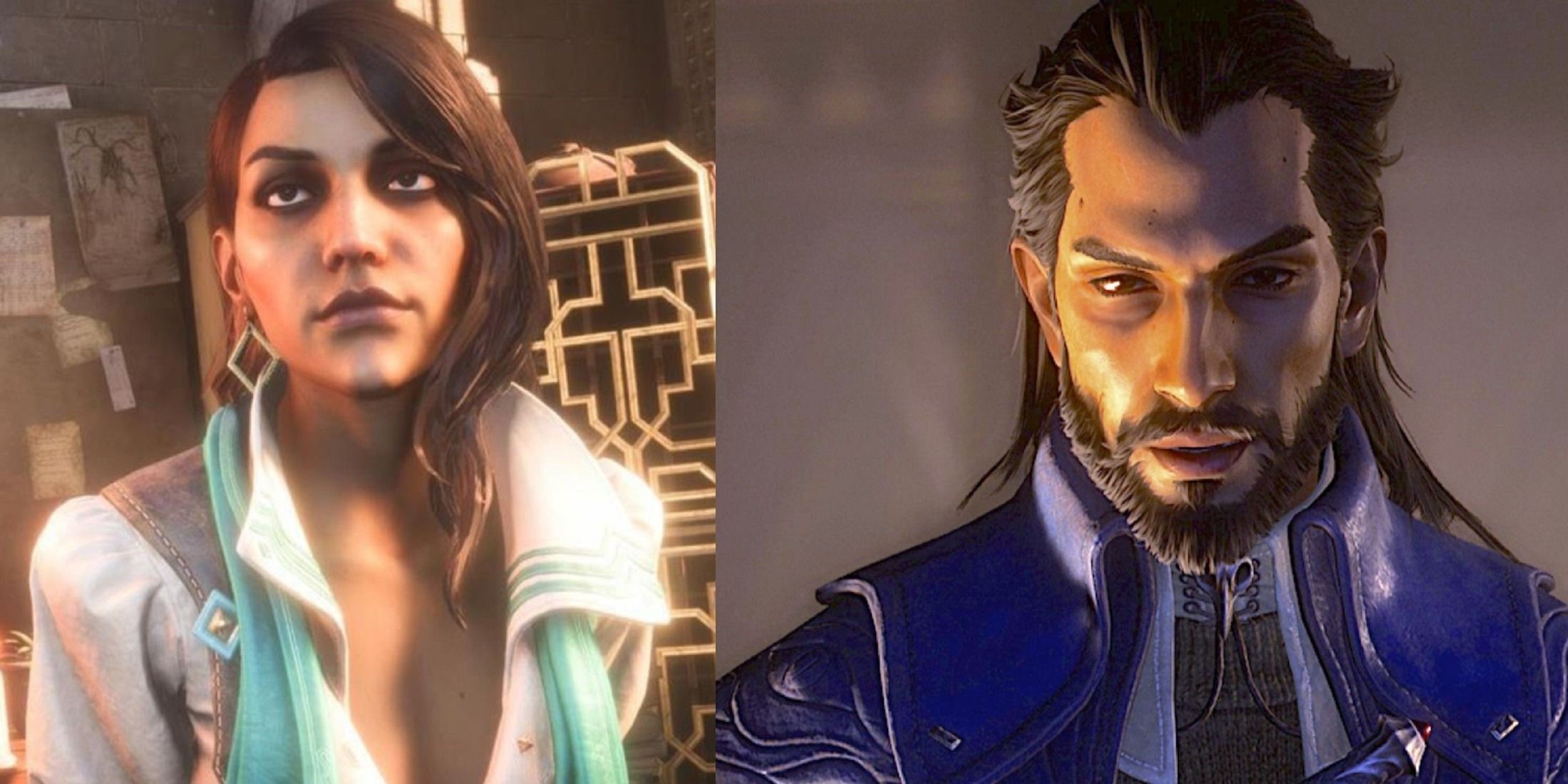
Related
How Dragon Age: The Veilguard Twists the Knife for Lucanis and Neve Lovers
Dragon Age: The Veilguard companions Lucanis and Neve have arcs that can vary greatly depending on player decisions.
‘Renegade’-Style Dialogue Options Are Almost Nonexistent in Dragon Age: The Veilguard
Talking with characters is still a vital part of Dragon Age: The Veilguard‘s core gameplay loop, but the simplification of the game’s morality and choice systems, unfortunately, carries over to dialogue. Each dialogue option now has a handy icon to suggest the type of response players choose, but even the more aggressive and antagonistic choices players are presented with feel toothless in comparison to how other BioWare games have handled those personalities. For anyone who prefers to play a Mass Effect “Renegade” style morality path, Dragon Age: The Veilguard doesn’t really offer that option.
Of course, players can still choose the more direct approach to conversing with allies and enemies, but the actual responses that Rook delivers are often a far cry from the perceived intent of the dialogue choice. As a result, it feels unnecessarily difficult to create or diffuse inter-team conflict between Rook and their companions, giving each interaction an artificial sense of camaraderie even when characters’ personalities or events in the game’s plot don’t call for it. It’s almost impossible to turn Rook’s companions against them, and it breaks the immersion as a result.
Dragon Age: The Veilguard’s Dialogue Options Shepherd Players Down a Path That Takes the Stakes Out of the Conflict
The lack of any inter-team conflict has the unintended effect of making the main cast of Dragon Age: The Veilguard seem as if they (and, by proxy, the player) are just along for the ride, and it takes the stakes out of what’s otherwise a very engaging conflict with a well-written and interesting antagonist. Without the appropriate level of tension, every conversation comes across as an exercise rather than an opportunity for the player to express themselves through important, game-changing choices, and it’s also a far cry from what the Dragon Age series offered players in the past with both Origins and Inquisition.
Ultimately, Veilguard chooses to play it safe when it comes to each interaction between Rook, their companions, and the other residents of Thedas. It’s especially surprising, given the risks that BioWare took with Dragon Age: The Veilguard‘s combat and exploration, that it would choose to limit the amount of player expression through conversations and dialogue. There are still important choices for the player to make in Veilguard‘s story, but there’s no talking Rook’s way into or out of a problem in a way that feels integral to the role-playing experience.
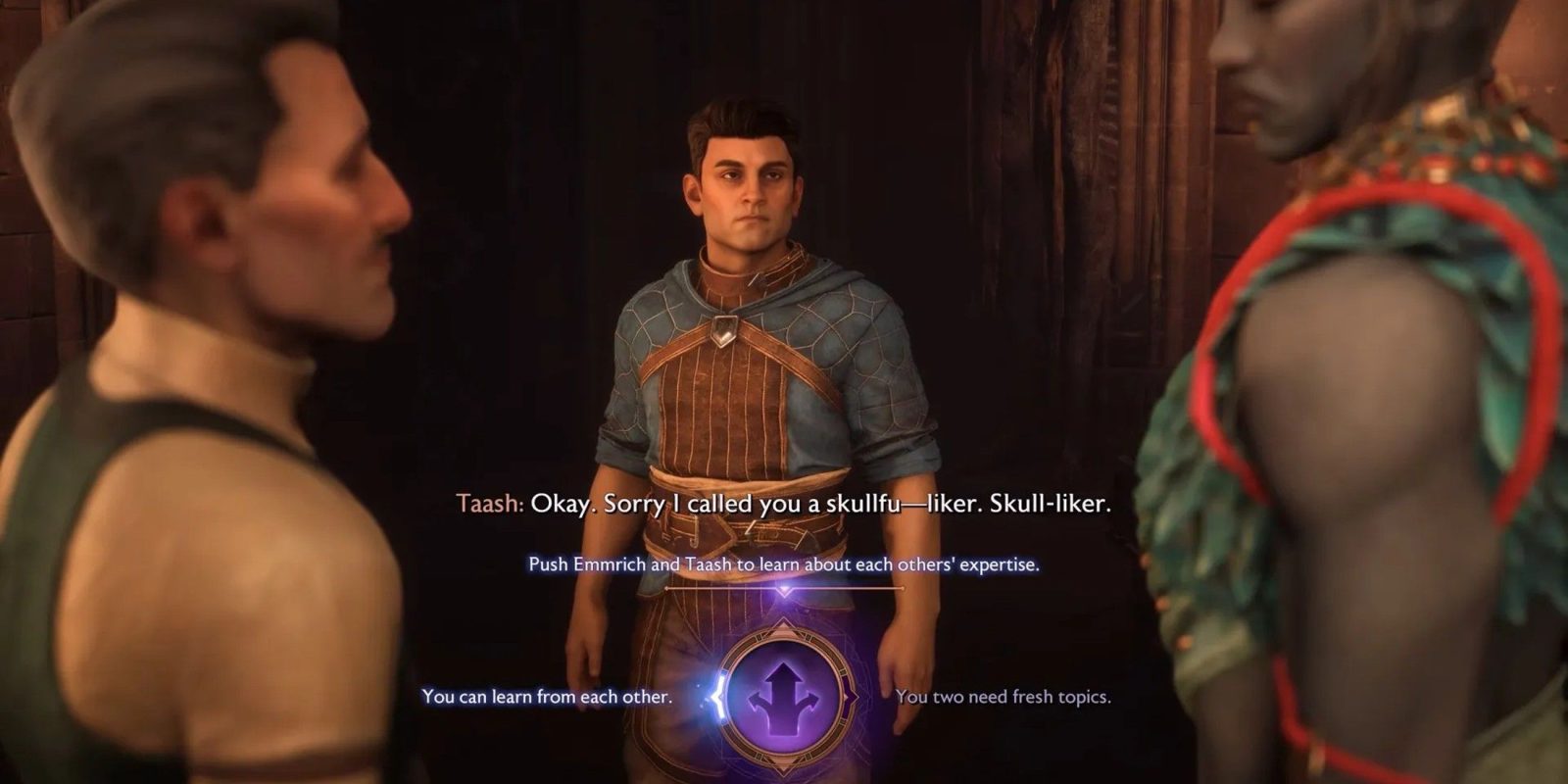

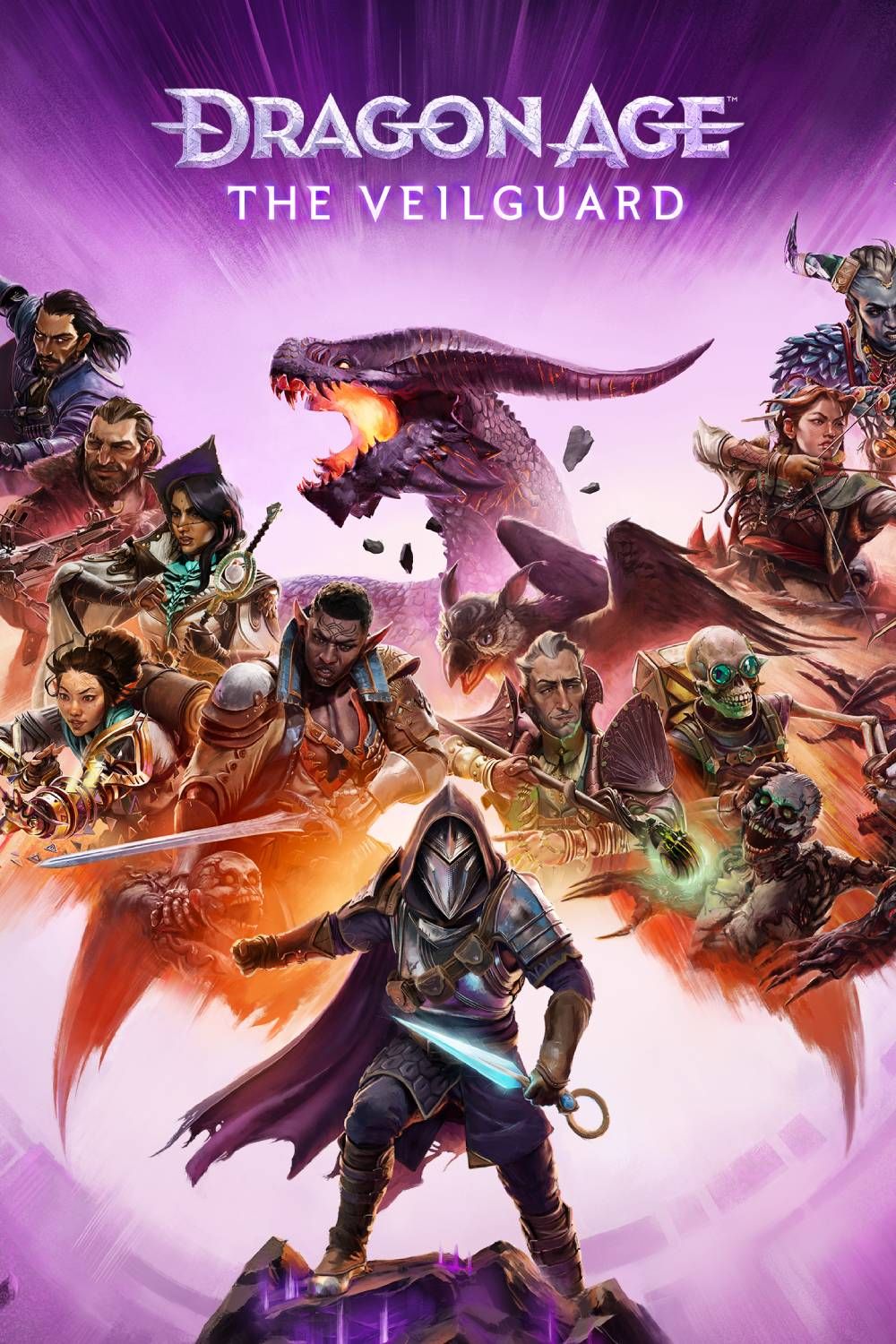


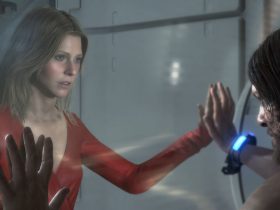
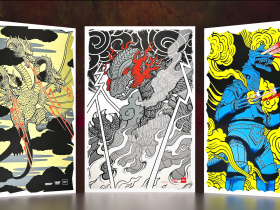



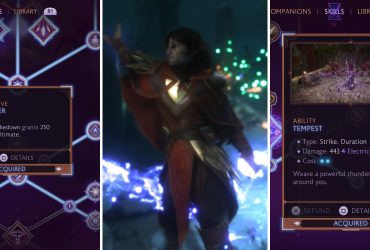


Leave a Reply